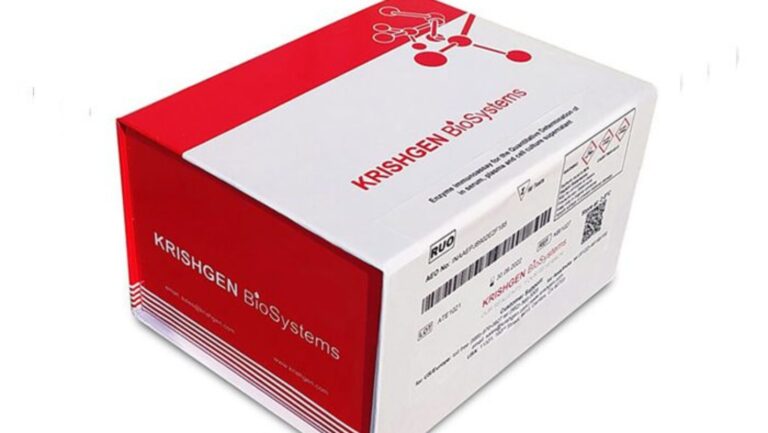ICD 10 CM Code for Peripheral Edema
Peripheral edema is a common medical condition characterized by the accumulation of excess fluid in the tissues, leading to swelling, discomfort, and reduced mobility. Accurate diagnosis and coding of peripheral edema are crucial for healthcare providers and medical coders to ensure proper documentation and reimbursement. In this comprehensive guide, we will explore peripheral edema in detail, discuss its causes, symptoms, and treatment options, and provide an in-depth look at the ICD-10-CM codes used for its classification and billing.
What is Peripheral Edema?
Peripheral edema, often referred to as “edema,” is the abnormal accumulation of fluid in the interstitial spaces of the body’s extremities, such as the arms, legs, hands, and feet. This condition results in noticeable swelling, which can vary in severity from mild to severe. While peripheral edema can occur in isolated instances, it is often a symptom of an underlying medical condition.
Causes of Peripheral Edema
- Fluid Retention: One of the most common causes of peripheral edema is fluid retention. This can result from various factors, including:
- Congestive Heart Failure: A weakened heart’s inability to pump blood efficiently can lead to fluid buildup in the extremities.
- Kidney Disease: Impaired kidney function can cause an imbalance of electrolytes and fluids, leading to edema.
- Cirrhosis: Liver damage can lead to decreased production of proteins that help regulate fluid balance.
- Venous Insufficiency: Weak or damaged veins can struggle to return blood to the heart, causing fluid to pool in the legs.
- Inflammatory Conditions: Conditions that cause inflammation in the body can lead to localized or generalized edema. Examples include:
- Rheumatoid Arthritis: This autoimmune disorder can cause joint inflammation and edema.
- Allergic Reactions: Severe allergic reactions can result in widespread edema, including facial swelling.
- Infections: Certain infections, such as cellulitis, can lead to localized edema.
- Medications: Some medications, including calcium channel blockers, corticosteroids, and nonsteroidal anti-inflammatory drugs (NSAIDs), can cause peripheral edema as a side effect.
- Pregnancy: Edema is common during pregnancy due to hormonal changes and the increased pressure on blood vessels.
- Lymphatic Disorders: Conditions that affect the lymphatic system, such as lymphedema, can cause chronic peripheral edema.
- Deep Vein Thrombosis (DVT): Blood clots in the deep veins of the legs can obstruct blood flow, leading to localized edema and a risk of serious complications.
- Trauma or Injury: Injuries, such as sprains or fractures, can lead to localized edema as a part of the body’s natural healing response.
Symptoms of Peripheral Edema
The most prominent and easily recognizable symptom of peripheral edema is swelling. However, other symptoms and signs may accompany edema depending on its cause and severity, including:
- Puffiness: Swelling is often described as a feeling of puffiness or fullness in the affected area.
- Skin Changes: The skin over the swollen area may appear stretched, shiny, or discolored.
- Pain and Discomfort: Edema can be associated with pain or discomfort, especially if it places pressure on nerves or joints.
- Reduced Mobility: Severe edema in the legs or feet can limit mobility and make it difficult to walk or wear shoes.
- Increased Abdominal Girth: In cases of abdominal edema (ascites), the abdomen may become distended.
- Respiratory Distress: If edema affects the lungs (pulmonary edema), it can lead to difficulty breathing, coughing, and wheezing.
Diagnosis of Peripheral Edema
Diagnosing peripheral edema involves a thorough medical evaluation, including:
- Medical History: The healthcare provider will inquire about the patient’s medical history, including any underlying conditions, medications, recent injuries, or surgeries.
- Physical Examination: A physical examination is essential to assess the extent and location of the edema. The provider will check for signs such as skin changes, pitting (when pressing the swollen area leaves an indentation), and tenderness.
- Diagnostic Tests: Depending on the suspected cause, the healthcare provider may order various diagnostic tests, including:
- Blood Tests: These can help identify underlying conditions such as kidney disease, liver dysfunction, or electrolyte imbalances.
- Imaging Studies: X-rays, ultrasound, or MRI scans may be used to evaluate the affected area and rule out structural issues.
- Echocardiogram: If heart failure is suspected, an echocardiogram can provide information about the heart’s function.
- Venous Doppler Ultrasound: This test can detect blood clots or venous insufficiency.
- Lymphoscintigraphy: It is used to diagnose lymphatic disorders like lymphedema.
- Lung Function Tests: In cases of suspected pulmonary edema, lung function tests may be performed to assess breathing capacity.
Treatment Options for Peripheral Edema
The treatment of peripheral edema focuses on addressing the underlying cause and relieving symptoms. Treatment options include:
- Lifestyle Modifications:
- Dietary Changes: Reducing sodium intake can help decrease fluid retention.
- Compression Garments: Elastic stockings or sleeves can help reduce swelling by promoting better blood flow.
- Elevation: Elevating the affected limb(s) can assist in draining excess fluid.
- Physical Activity: Gentle exercises, such as walking or swimming, can help improve circulation and reduce edema.
- Medications:
- Diuretics: These medications help the body eliminate excess fluid through urine. They are often prescribed for conditions like congestive heart failure or kidney disease.
- Corticosteroids: In cases of inflammatory conditions, corticosteroids may be prescribed to reduce inflammation and swelling.
- Anticoagulants: Blood-thinning medications may be used to treat deep vein thrombosis (DVT).
ICD-10-CM Coding for Peripheral Edema
In medical coding, the International Classification of Diseases, 10th Edition, Clinical Modification (ICD-10-CM) is used to classify and code various diseases, conditions, and medical procedures. Proper coding is essential for accurate documentation, billing, and insurance reimbursement. For peripheral edema, the ICD-10-CM provides specific codes that describe the condition based on its underlying cause, location, and severity.
Here are some of the ICD-10-CM codes commonly used for peripheral edema:
- I87.2 – Venous Insufficiency (Chronic) (Peripheral): This code is used when peripheral edema is due to chronic venous insufficiency, often affecting the lower limbs.
- I50.1 – Left Ventricular Failure: When peripheral edema is a symptom of congestive heart failure affecting the left ventricle, this code is applicable.
- N18.9 – Chronic Kidney Disease, Unspecified: When edema is related to chronic kidney disease without specifying the stage, this code can be used.
- Lymphedema ICD-10-CM Codes: Lymphedema codes are more specific and include options such as I89.0 (Primary lymphedema) and I89.1 (Secondary lymphedema).
- R60.0 – Localized Edema: When edema is localized without specifying an underlying cause, this code is used.
- R60.9 – Edema, Unspecified: This code is used when the cause of edema is not specified, and further diagnostic information is required.
- T79.8XXA – Traumatic Edema: When peripheral edema is due to trauma or injury, this code is applicable. The “A” at the end indicates the initial encounter.
- J81 – Pulmonary Edema: This code is used when edema affects the lungs, leading to pulmonary edema.
It is essential for medical coders and healthcare providers to accurately document the cause, location, and severity of peripheral edema to select the most appropriate ICD-10-CM code for billing and reimbursement purposes. Accurate coding ensures that the patient’s medical records are comprehensive and supports the appropriate level of reimbursement for healthcare services.
Conclusion
Peripheral edema is a common medical condition with various potential causes, ranging from heart failure to inflammatory disorders. Accurate diagnosis, treatment, and coding are essential for managing patients with edema effectively. Proper ICD-10-CM coding ensures that healthcare providers can bill for their services accurately and receive appropriate reimbursement, while also contributing to comprehensive medical records.
Patients experiencing symptoms of peripheral edema, such as swelling, discomfort, or reduced mobility, should seek medical evaluation to determine the underlying cause and receive appropriate treatment. Healthcare providers and medical coders play a critical role in documenting and coding peripheral edema correctly, ensuring that patients receive the care they need and that healthcare facilities can maintain accurate records and billing practices.







